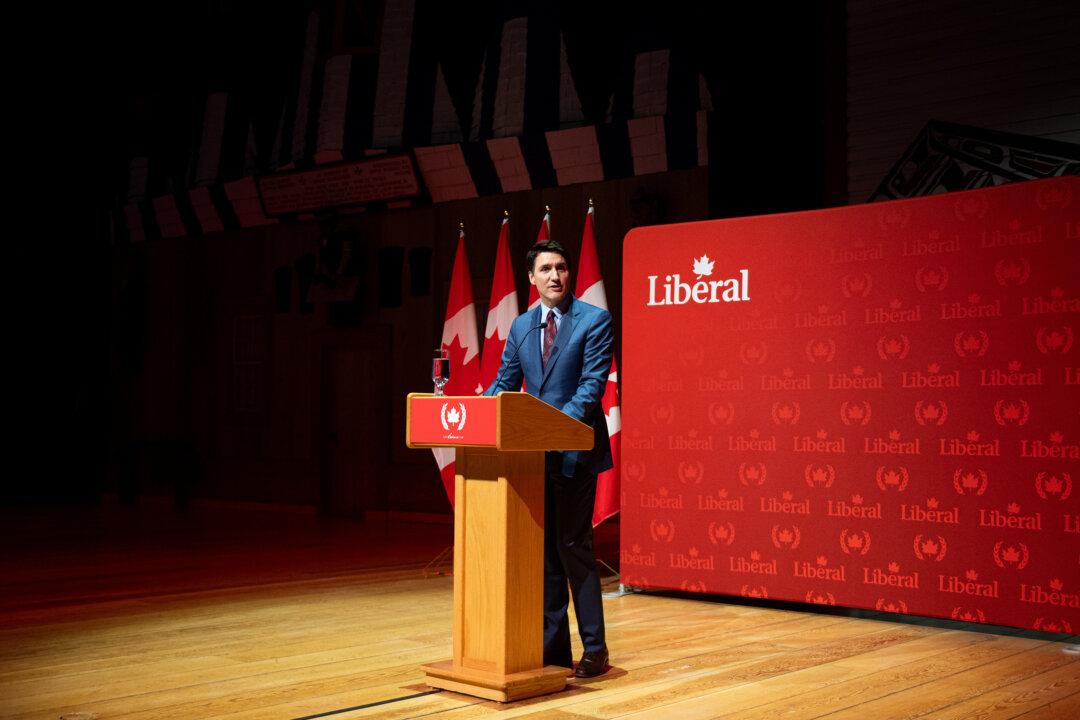Twitter accounts used by the Canadian government have been caught in the U.S. government dragnet attempting to counter online disinformation, a recent iteration of the so-called Twitter Files released by journalist Matt Taibbi reveals.
Taibbi’s latest thread is labelled “Twitter and the FBI ‘Belly Button,'” in reference to the bureau asking Twitter whether it should be the main point of contact between “industry partners” and the U.S. government (USG).
The mention of a Canadian link was in relation to a campaign by the U.S. State Department’s Global Engagement Center (GEC) to counter Chinese propaganda.
“When the State Department/GEC – remember this was 2020, during the Trump administration – wanted to publicize a list of 5,500 accounts it claimed would ‘amplify Chinese propaganda and disinformation’ about COVID, Twitter analysts were beside themselves,” wrote Taibbi.
“The GEC report appeared based on DHS [Department of Homeland Security] data circulated earlier that week, and included accounts that followed ‘two or more’ Chinese diplomatic accounts. They reportedly ended up with a list ‘nearly 250,000’ names long, and included Canadian officials and a CNN account.”
Taibbi provided screenshots of purported internal conversations of Twitter staff related to the GEC request.
Senior legal executive Stacia Cardille sent an email to policy director Nick Pickles on May 7, 2020, providing “transmittal information” from the State Department.
“We are providing these 5,500 accounts that display inorganic behavior and follow two or more of the 36 Chinese diplomatic twitter accounts that we have identified in the report,” reads the message.
“Due to the fact that these accounts follow two or more of these diplomatic accounts, and a good portion of them are newly created, we believe they are suspicious.”
The State Department did not request any action to be taken on those accounts and said the information was being shared for “situational awareness.”
Later on May 7, 2020, Pickles commented in an email to an unidentified interlocutor on the GEC request.
Twitter Pushback
The day after receiving the information from the State Department, Twitter was pushing back in the media on the claims that its platform was being used to spread Chinese disinformation.“The GEC provided Twitter with a small sample of the overall dataset that included nearly 250,000 accounts,” a State Department spokesperson told CNN, adding that it’s “not surprising that there are authentic accounts in any sample.”
“Our overall analysis is based on a confluence of factors that drive our assessment, which we stand by.”
Then Twitter head of safety Yoel Roth commented in an email to colleagues on May 6, 2020, that the GEC “blitz” on the issue was “at least in part an attempt to insert themselves into the conversations we’ve had with DHS, FBI, ODNI [Office of the Director of National Intelligence], and others.”
A month later, Roth emailed Cardille and others saying that Twitter, Facebook, and Google found the involvement of the GEC in a meeting between industry and government on election security problematic.
He said this was in part because of the GEC’s “mandate for offensive IO [information operations] to promote American interests” and their sharing of reports “based on shaky methodology.”
Taibbi’s thread also highlighted the GEC’s attempt to counter Russian disinformation, noting a report it released in February 2020.
“The GEC flagged accounts as ‘Russian personas and proxies’ based on criteria like, ‘Describing the Coronavirus as an engineered bioweapon,’ blaming ‘research conducted at the Wuhan institute,’ and ‘attributing the appearance of the virus to the CIA,’” he wrote.
Taibbi said this report “still led directly” to some media picking up the story.





